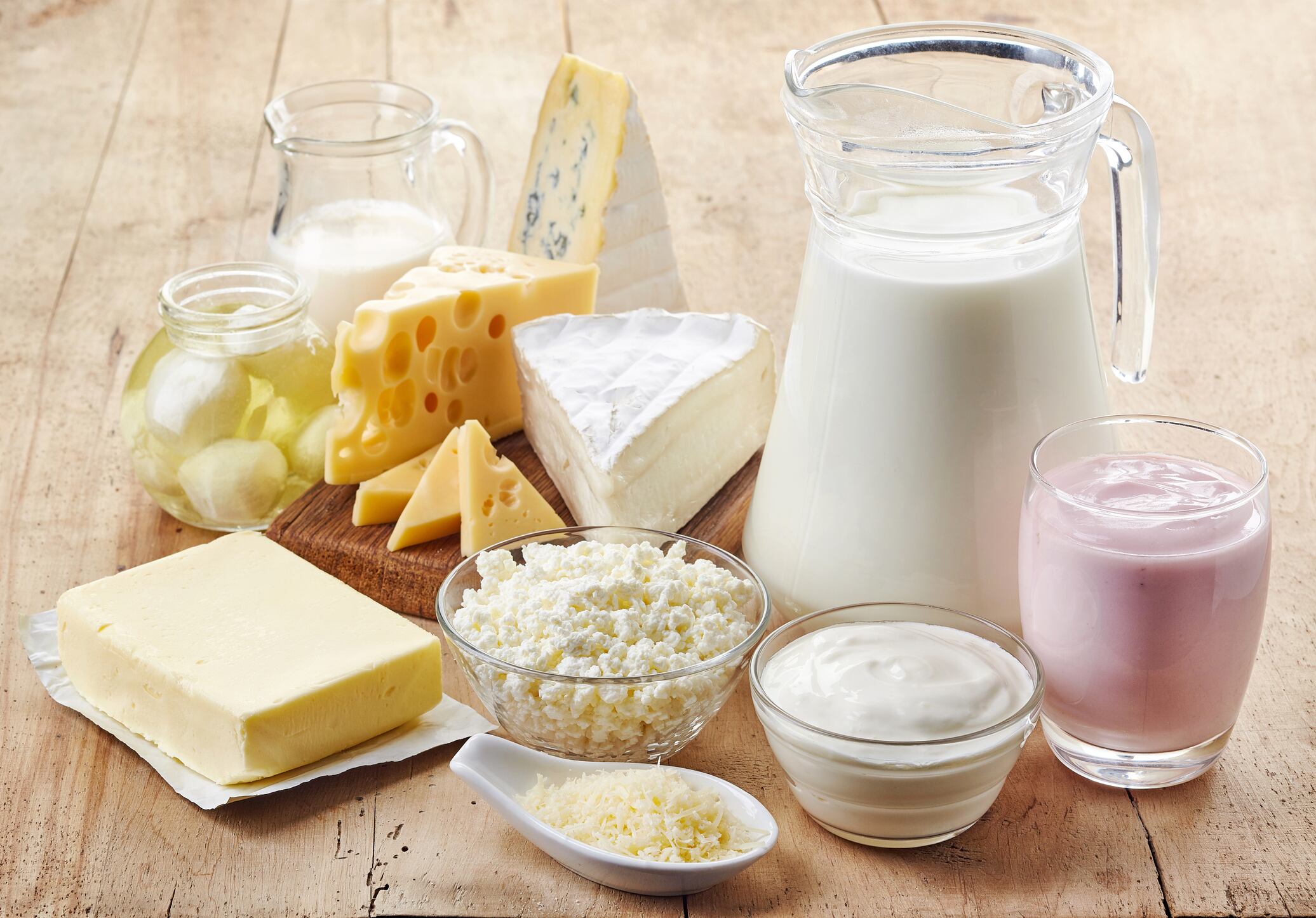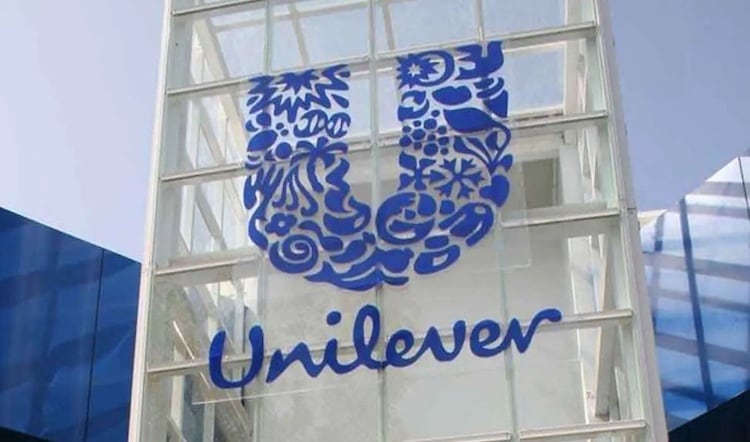With Memorial Day around the corner and grocery deals in full swing, US shoppers are likely to spend more than $100 for a 10-people barbecue, according to Rabobank’s annual BBQ Index.
This marks a 4.2% increase in costs over the past year, with tomatoes (+16.87%), chicken (+15.67%) and ground beef (+6.44%) seeing the biggest price increases.
Dairy staples on the menu, such as burger cheese and ice cream, are down -1.38% and up +3.15% YoY, respectively.
Ice cream prices have crept up since 2022 on the back of the higher costs of butter, cream and sugar; but the trend has been reversing since the start of 2025.
This is largely due to declining commodity prices – namely, butter and sugar – with the average price of a half-gallon of ice cream now at $6.23, a 3.6% decrease since January 2025.
Rabobank’s global dairy strategist, Mary Ledman, said this represents good news ahead of the prime summer ice cream consumption months. “The current sugar prices are trending 15 to 20% below year-ago levels, which should provide some price relief in the upcoming months,” she explained.
But would ice cream sales actually pick up? It’s complicated.
“Per capita ice cream consumption has hit some headwinds for several years,” Ledman said. “In 2023 – the most recent year that we have data from USDA available – consumption fell to 11.7 pounds (5.3kg) per person.
“This marked the lowest consumption of ice cream on record since USDA started collecting this data in the 1970s.”
Several factors are behind the decline in ice cream consumption: from consumers continuing to trade down to growing competition from adjacent categories such as frozen desserts.
To win over consumers, brands have used different tactics, from introducing snackable propositions to coming out with over-the-top indulgent formulations.
For example, Unilever’s ice cream business – which is set to be spun out this year – recorded growth a 4% underlying sales growth thanks to indulgent flavors from Magnum; a premium bite-sized range, and Ben & Jerry’s new Sundae format.
More generally in the US, 2024 saw growth in private label and premium brand sales across the entire grocery space, squeezing mainstream brands, according to Circana.
Social media, in-store promotions drive frozen food discovery
According to research published by the National Frozen & Refrigerated Foods Association (NFRA) this month, social media platforms are key for reaching younger shoppers while in-store experiences are crucial for converting sales across all age groups.
In other words: “Brands that show up with relatable content online and a strong in-store presence will stay top of mind and cart,” said NFRA senior director of marketing, Kate Landis.
But regular ice cream is still king in the US. According to data cited by the International Dairy Foods Association, premium and regular ice cream comprise 80% of the market, with regular ice cream the most popular category of frozen desserts.
Globally, the ice cream category is set to grow in volume by 5.7% CAGR over the next 3 years to 2027, Euromonitor estimates.
As for ice cream sales this Memorial Day weekend, showers and cooler temperatures forecast across parts of the US may dampen consumer appetite, too.
Rain is forecast to hit Upstate New York, New England, the Northern Rockies and the Central Plains on Saturday and is likely to impact the Northern Plains and northern Texas too on Sunday.
On Memorial Day itself, parts of southeast US is set to experience thunderstorms, but the west will stay dry.
Appetite for cheese grows
For those that do fire up the barbeque, cheese is likely to remain a staple in most households.
Americans continue to show a strong appetite for cheese, Rabobank’s Ledman said; with US consumers eating more processed cheese than ever in recent years.
“In 2023 the per capita consumption of processed cheese was 8.5 pounds. That was the highest level since 1999. In addition, natural cheese consumption hit a record of 40.5 pounds per person.”
To meet demand, US cheese production is on the rise, with added capacity coming online in 2025 and 2026, which is likely to cap any specific or any significant price escalations, Ledman suggested.
“Through the first quarter of this year, total cheese production in the US is relatively flat, but American cheese production is up nearly 2%,” she explained.
Overall, US consumers have not retreated from dairy, despite price increases over the last few years. In April 2025, the dairy and related products index rose 1.6% over the 12 months, according to the Bureau of Labor Statistics.
“Despite those moderate gains, consumption of many dairy products have grown and is expected to continue to grow,” Ledman said. “In particular, from the upcoming June’s Dairy Month promotions.”



